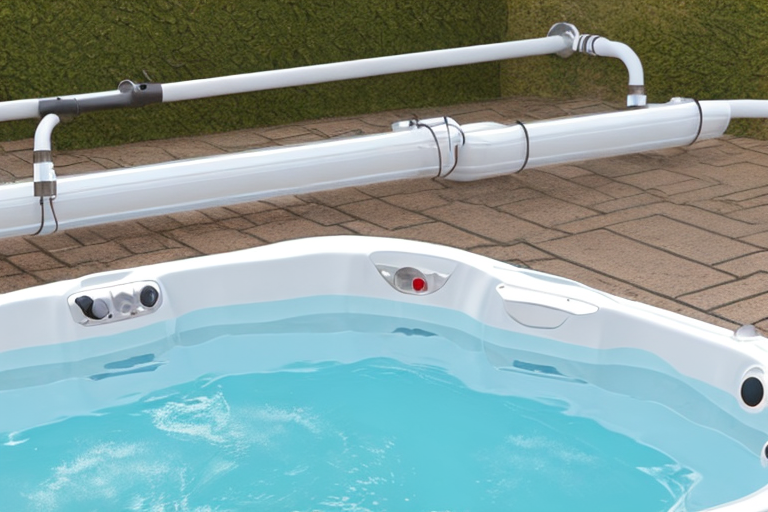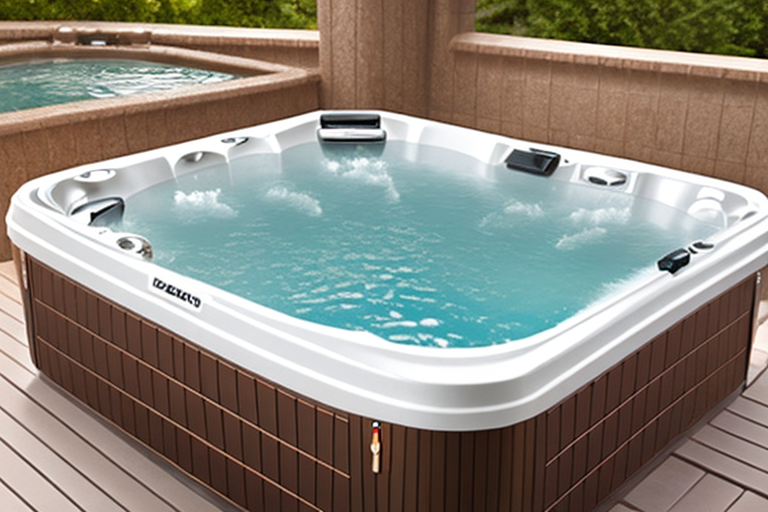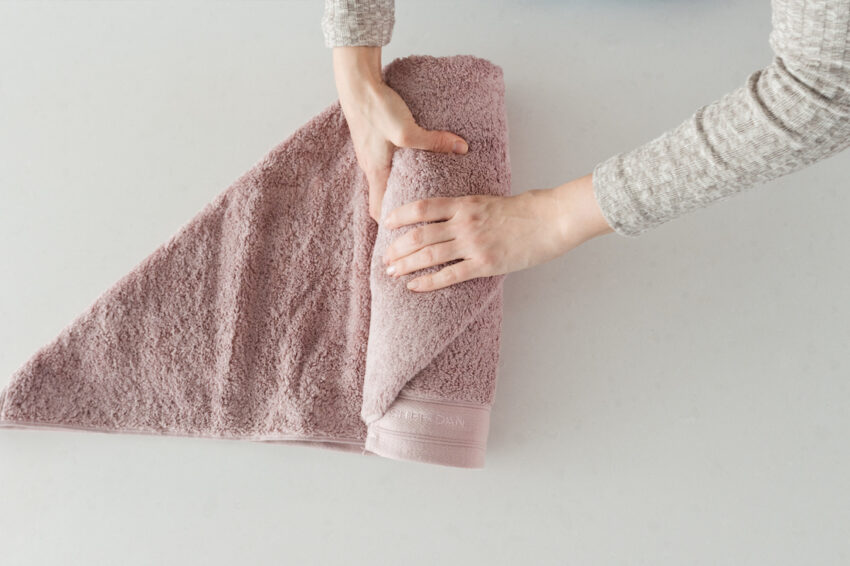Are you a fan of relaxing in a hot tub or Jacuzzi? If so, you’ve probably wondered how these delightful bubbles of warm water maintain their temperature. One crucial component responsible for heating the water in a Jacuzzi is the inline heater. In this article, we’ll dive into the inner workings of a Jacuzzi inline heater and explore its benefits, installation, maintenance, troubleshooting, and more. So, let’s get started!
Understanding Jacuzzi Inline Heaters
A Jacuzzi inline heater is a device designed to heat the water in your hot tub or Jacuzzi. Unlike traditional heaters that heat the water separately and then circulate it, an inline heater is integrated into the water circulation system of your Jacuzzi. It ensures that the water passing through the heater is heated before returning to the tub, maintaining a comfortable temperature for your relaxation. Some people like to enhance their relaxation experience by getting an asian massage while enjoying the heated water.

The Working Principle of Jacuzzi Inline Heaters
Jacuzzi inline heaters operate using a straightforward principle. The heater is connected to the water circulation system, typically between the pump and the jets. As the water flows through the system, it passes through the heater. Inside the heater, there are heating elements, usually made of stainless steel or titanium, that heat the water as it passes over them.
The heating elements in a Jacuzzi inline heater are powered by electricity. When the heater is activated, an electrical current passes through the elements, causing them to heat up. As the water flows over the hot elements, it absorbs the heat, raising its temperature before being released back into the Jacuzzi.
Benefits of Using a Jacuzzi Inline Heater
- Convenience: Having an inline heater means you don’t have to preheat the water before entering the Jacuzzi. The heater keeps the water at a consistent temperature, allowing you to enjoy your hot tub whenever you want.
- Energy Efficiency: Jacuzzi inline heaters are designed to be energy-efficient, meaning they consume less power while efficiently heating the water. This can help reduce your energy costs in the long run.
- Quick Heating: Inline heaters are known for their rapid heating capabilities. They can quickly raise the temperature of the water, ensuring that your Jacuzzi is always ready for use.
- Enhanced Comfort: With a Jacuzzi inline heater, you can relax in warm water that soothes your muscles and provides a therapeutic experience. The consistent heat ensures a comfortable and enjoyable soak every time.
Installation Guide for Jacuzzi Inline Heaters
Installing a Jacuzzi inline heater may require professional assistance, especially if you’re not familiar with plumbing and electrical work. However, here’s a general overview of the installation process:
- Gather the necessary tools: Before you begin, make sure you have all the tools required for installation, including pipe cutters, wrenches, and electrical connectors.
- Choose the right location: Select a suitable location to install the inline heater. It should be easily accessible and near the water circulation system of your Jacuzzi.
- Prepare the plumbing: Cut the pipes in the water circulation system and insert the inline heater between them. Use the appropriate connectors and fittings to ensure a secure connection.
- Connect the electrical wiring: Consult the heater’s manual and follow the instructions to connect the electrical wiring safely. If you’re unsure, it’s best to hire a professional electrician.
- Test the installation: Once the installation is complete, fill the Jacuzzi with water and turn on the heater. Check for any leaks and ensure that the heater is functioning correctly.
Maintenance Tips for Jacuzzi Inline Heaters
To keep your Jacuzzi inline heater in optimal condition, follow these maintenance tips:
- Regular cleaning: Clean the heating elements of the inline heater periodically to remove any mineral deposits or debris that may affect its performance. Follow the manufacturer’s instructions for cleaning.
- Inspect for leaks: Check the connections and fittings of the inline heater for any signs of leaks. Address any leaks immediately to prevent damage to the heater and your Jacuzzi.
- Monitor water chemistry: Maintain proper water chemistry in your Jacuzzi to prevent scale buildup on the heating elements. Regularly test the water and adjust the chemical balance as needed.
- Annual professional inspection: Schedule an annual inspection of your Jacuzzi inline heater by a qualified technician. They can identify any potential issues and ensure that the heater is operating efficiently.
Troubleshooting Common Issues with Jacuzzi Inline Heaters
Even with proper maintenance, you may encounter some issues with your Jacuzzi inline heater. Here are a few common problems and their possible solutions:
- No heat: If the water is not heating, check the power supply and ensure that the heater is receiving electricity. If the power supply is fine, there may be an issue with the heating elements, and you should contact a professional for repair.
- Insufficient heat: If the water is not reaching the desired temperature, check the thermostat settings on the inline heater. Adjust the settings if needed, but be cautious not to set it too high, as it can be unsafe and uncomfortable.
- Strange noises: Unusual noises coming from the inline heater may indicate a problem with the pump or other components. Contact a professional to diagnose and resolve the issue.
Jacuzzi Inline Heater vs. Traditional Heater: Which is Better?
Both Jacuzzi inline heaters and traditional heaters have their advantages. The choice depends on your specific needs and preferences. Here’s a comparison:
- Jacuzzi Inline Heater: Provides convenience, energy efficiency, and quick heating. Ideal for those who frequently use their Jacuzzi and want instant hot water without preheating.
- Traditional Heater: Offers versatility and compatibility with different Jacuzzi models. They can be more affordable upfront but may consume more energy in the long run.
Consider factors such as your budget, frequency of use, and energy-saving preferences when deciding between the two options.
Energy Efficiency of Jacuzzi Inline Heaters
Jacuzzi inline heaters are designed to be energy-efficient, which is an important consideration for environmentally conscious users. By heating the water directly in the circulation system, they minimize heat loss and reduce the time required to reach the desired temperature. Additionally, some models come with advanced features like insulation and programmable timers to optimize energy consumption.
Jacuzzi Inline Heater Buying Guide
When purchasing a Jacuzzi inline heater, consider the following factors:
- Compatibility: Ensure that the heater is compatible with your Jacuzzi model and its circulation system. Check the specifications provided by the manufacturer or consult with a professional if you’re unsure.
- Heating capacity: Consider the size of your Jacuzzi and choose a heater with an appropriate heating capacity. A larger Jacuzzi will require a more powerfulheater to maintain the desired temperature.
- Energy efficiency: Look for a heater that is energy-efficient and has features such as insulation and programmable timers to optimize energy consumption.
- Durability: Select a heater made from high-quality materials that can withstand the harsh conditions of a hot tub environment.
- Warranty: Check the warranty provided by the manufacturer to ensure that you’re protected against any defects or malfunctions.
By considering these factors, you can make an informed decision and choose a Jacuzzi inline heater that suits your needs and preferences.
Conclusion
A Jacuzzi inline heater is an essential component for maintaining the ideal water temperature in your hot tub or Jacuzzi. By understanding how it works, its benefits, installation process, maintenance tips, and troubleshooting common issues, you can ensure a relaxing and enjoyable experience every time you step into your Jacuzzi. Remember to choose a heater that is compatible with your Jacuzzi model, energy-efficient, and durable. So go ahead, indulge in the warmth and comfort of your Jacuzzi with the help of an efficient inline heater!
FAQs
Q1: How much does a Jacuzzi inline heater cost?
A: The cost of a Jacuzzi inline heater can vary depending on factors such as brand, heating capacity, and features. On average, you can expect to pay between $200 and $500 for a high-quality inline heater.
Q2: Can I install a Jacuzzi inline heater myself?
A: While it is possible to install a Jacuzzi inline heater yourself, it is recommended to seek professional assistance, especially if you’re not experienced in plumbing and electrical work. This ensures proper installation and reduces the risk of damage or accidents.
Q3: How long does a Jacuzzi inline heater last?
A: The lifespan of a Jacuzzi inline heater can vary depending on the quality of the heater, usage patterns, and maintenance. On average, a well-maintained inline heater can last between 5 to 10 years.
Q4: Can I use a Jacuzzi inline heater with any hot tub or Jacuzzi model?
A: Jacuzzi inline heaters are designed to be compatible with a wide range of hot tub and Jacuzzi models. However, it’s essential to check the specifications and compatibility of the heater with your specific model before making a purchase.
Q5: Can I use a Jacuzzi inline heater with a saltwater system?
A: Yes, there are Jacuzzi inline heaters available that are designed to be compatible with saltwater systems. Make sure to choose a heater specifically labeled as suitable for use with saltwater.





